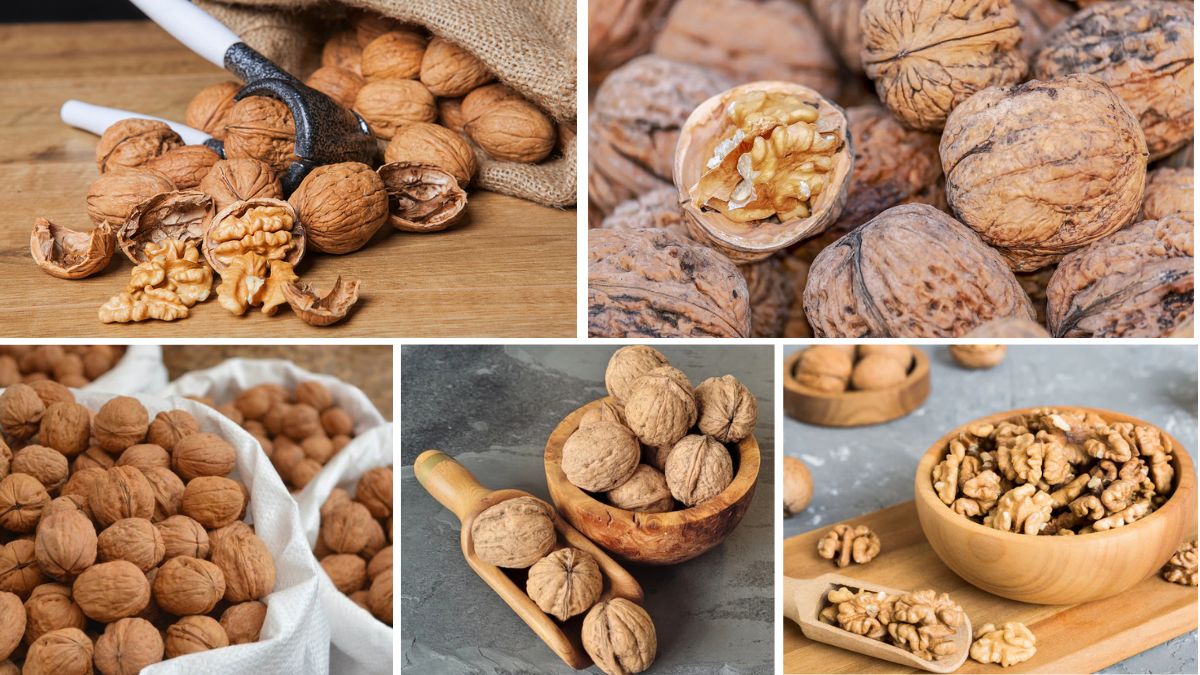Walnuts are among the most cherished tree nuts globally, celebrated for their rich flavor, nutritional benefits, and versatility in culinary applications. The global walnut industry is characterized by a few dominant producers, each contributing significantly to the world’s walnut supply. This article delves into the dynamics of walnut production, identifying the leading producers and examining the factors that contribute to their dominance.
Global Walnut Production Overview
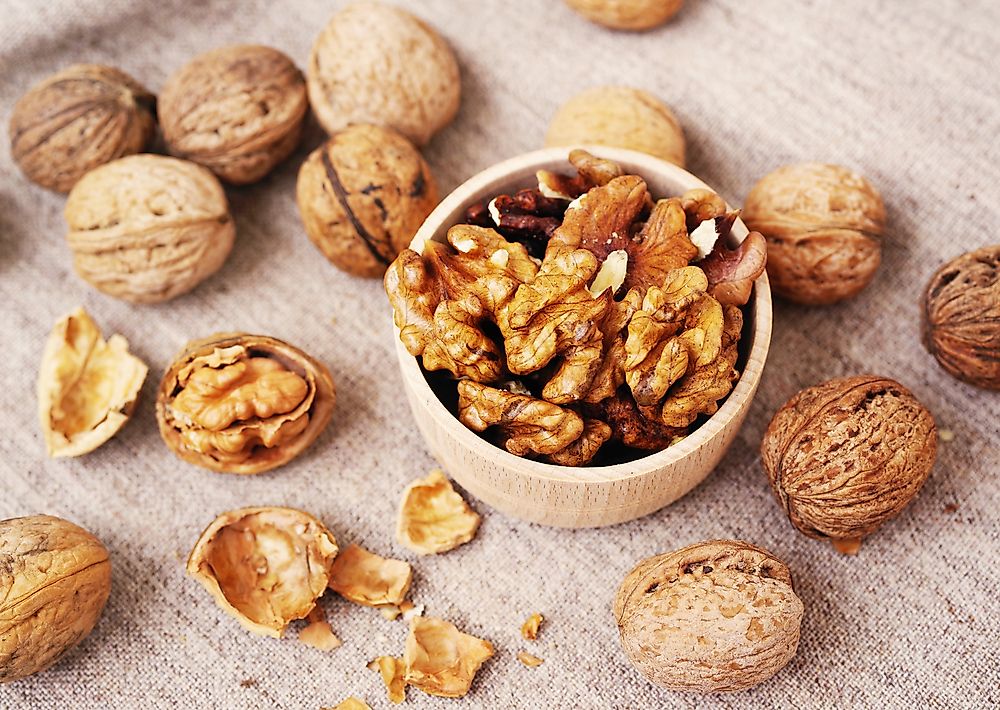
In 2022, the global production of walnuts (in-shell) reached approximately 3.9 million metric tons, with China leading the pack by a substantial margin. The distribution of production among the top countries is as follows:
- China: 1.4 million metric tons
- United States: 0.68 million metric tons
- Iran: 0.36 million metric tons
- Turkey: 0.34 million metric tons
- Chile: 0.18 million metric tons
These figures underscore China’s dominant position in the global walnut production landscape.
China: The Unrivaled Leader
China’s supremacy in walnut production is undisputed. The country accounts for approximately 36% of the world’s total walnut production, translating to around 1.4 million metric tons annually. Several factors contribute to China’s leading role:
1. Favorable Climate and Geography
China’s diverse climate zones, ranging from temperate to subtropical, provide ideal conditions for walnut cultivation. Regions such as Shaanxi, Hebei, and Xinjiang are particularly renowned for their walnut orchards. The varied topography and microclimates allow for the production of different walnut varieties, catering to both domestic and international markets.
2. Extensive Cultivation Areas
China has vast expanses of land dedicated to walnut farming. The country’s commitment to expanding its agricultural sector has led to the establishment of numerous walnut plantations, further solidifying its position as the world’s largest producer.
3. Government Support and Research
The Chinese government has invested heavily in agricultural research and development, focusing on improving walnut yields and quality. Initiatives include the development of disease-resistant walnut varieties and the implementation of advanced farming techniques.
4. Domestic Consumption and Export
While a significant portion of China’s walnut production is consumed domestically, the country also exports a substantial quantity to international markets. China’s ability to meet both domestic demand and export requirements showcases its robust walnut industry.
United States: The Second-Largest Producer

The United States stands as the second-largest producer of walnuts globally. In 2022, the U.S. produced approximately 0.68 million metric tons of walnuts, accounting for about 17% of the world’s total production.
1. Concentration in California
California is the epicenter of walnut production in the United States, particularly in the Central Valley region. The state’s Mediterranean climate, characterized by hot, dry summers and mild, wet winters, is conducive to walnut cultivation. The fertile soil and advanced irrigation systems further enhance productivity.
2. Advanced Agricultural Practices
U.S. walnut farmers employ cutting-edge agricultural practices, including precision farming, integrated pest management, and mechanized harvesting. These innovations have led to increased yields and improved nut quality.
3. Export Market
The United States is a significant exporter of walnuts, with major markets including Europe, Asia, and the Middle East. The high quality of U.S. walnuts and the country’s established trade relationships contribute to its strong presence in the global walnut market.
Iran: A Historic Producer
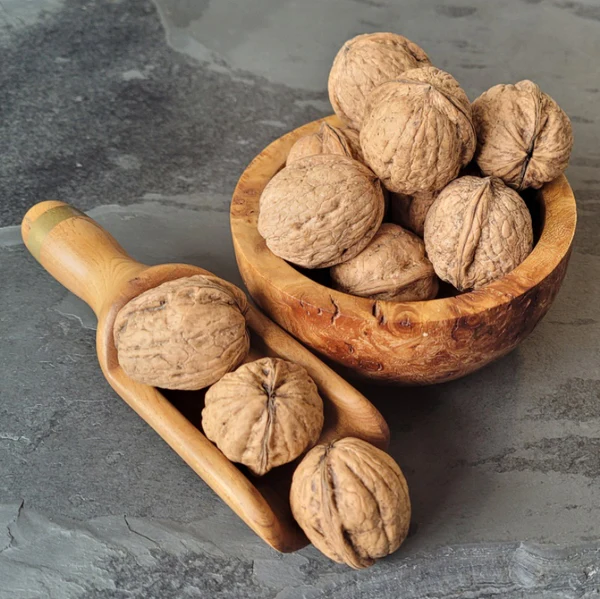
Iran holds the third position in global walnut production, with an output of approximately 0.36 million metric tons in 2022, representing about 9% of the world’s total production.
1. Traditional Cultivation Regions
Iran’s walnut production is concentrated in regions such as Kerman, Zanjan, and Markazi. These areas have a long history of walnut cultivation, with traditional farming methods passed down through generations.
2. Ideal Growing Conditions
The country’s diverse climate and topography provide favorable conditions for walnut growth. The combination of cold winters and hot summers is particularly beneficial for walnut trees.
3. Domestic and Regional Consumption
A significant portion of Iran’s walnut production is consumed domestically. However, Iran also exports walnuts to neighboring countries and regions, contributing to its position as a leading producer.
Turkey: A Rising Producer
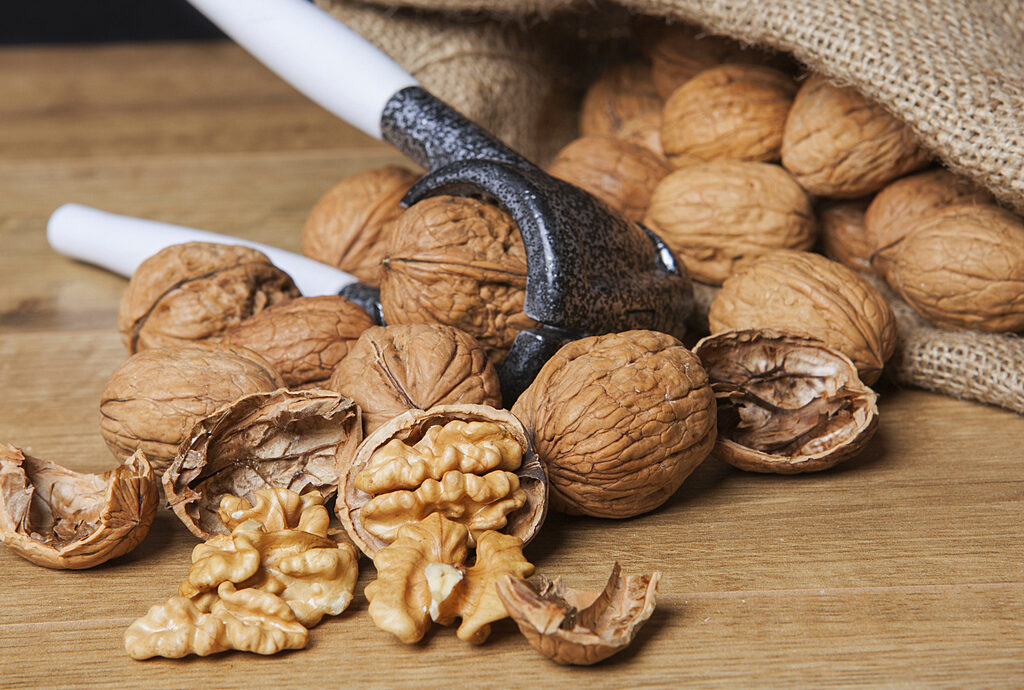
Turkey ranks fourth in global walnut production, with an output of approximately 0.34 million metric tons in 2022, accounting for about 8% of the world’s total production.
1. Diverse Growing Regions
Walnut cultivation in Turkey is spread across various regions, including the Aegean, Marmara, and Mediterranean areas. The country’s diverse climate zones allow for the production of different walnut varieties.
2. Traditional Farming Practices
Turkish walnut farmers often employ traditional farming methods, which, combined with the country’s favorable growing conditions, result in high-quality nuts.
3. Domestic and Export Markets
Turkey’s walnuts are highly regarded in both domestic and international markets. The country’s strategic location and established trade relationships facilitate its presence in the global walnut market.
Chile: A Notable Producer
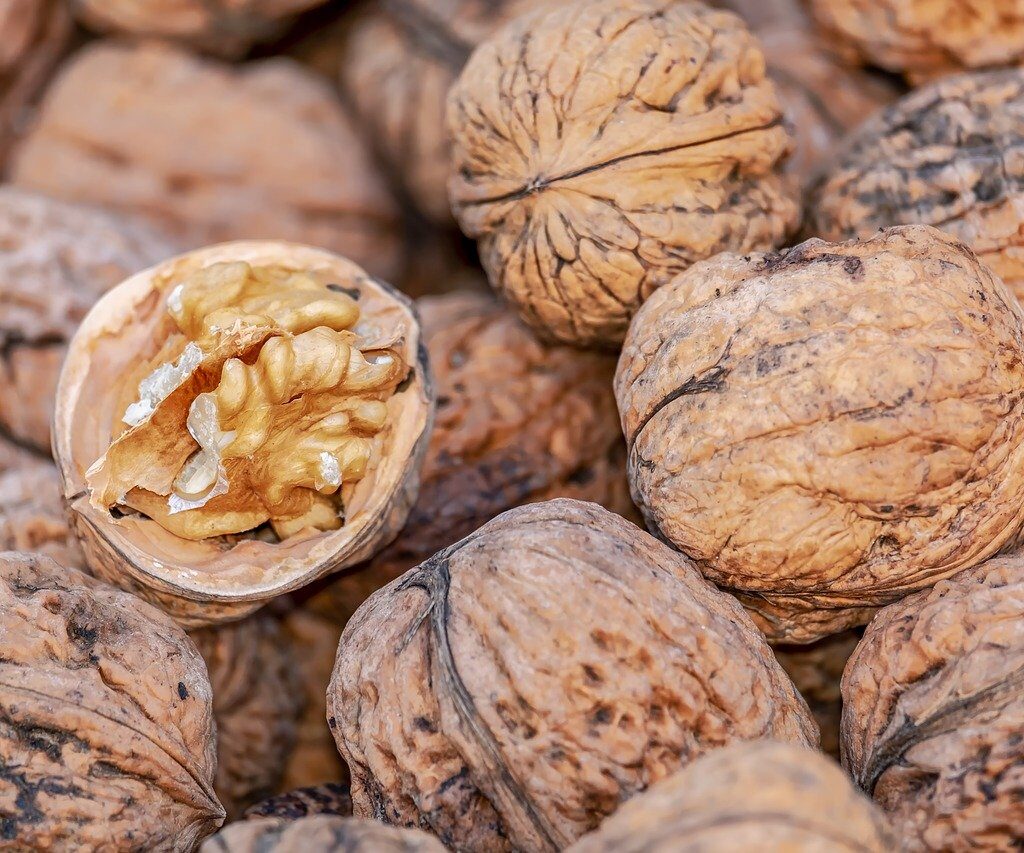
Chile has emerged as a significant player in walnut production, with an output of approximately 0.18 million metric tons in 2022, representing about 5% of the world’s total production.
1. Off-Season Production
Chile’s location in the Southern Hemisphere allows for off-season walnut production, providing fresh walnuts to markets during times when Northern Hemisphere production is low.
2. Modern Agricultural Techniques
Chilean walnut farmers utilize modern agricultural practices, including advanced irrigation systems and pest management strategies, to enhance productivity and nut quality.
3. Export Focus
Chile’s walnut industry is heavily export-oriented, with major markets including the United States, Europe, and Asia. The country’s ability to produce high-quality walnuts during off-peak seasons gives it a competitive edge in the global market.
Other Notable Producers
Several other countries contribute to global walnut production:
- Mexico: Approximately 0.14 million metric tons produced in 2022.
- Ukraine: Approximately 0.11 million metric tons produced in 2022.
- Romania: Approximately 0.10 million metric tons produced in 2022.
- Uzbekistan: Approximately 0.05 million metric tons produced in 2022 .
These countries, while not among the top producers, play essential roles in regional walnut supply and contribute to the diversity of the global walnut market.
Factors Influencing Walnut Production
Several factors impact walnut production:
1. Climate and Soil Conditions
Walnut trees thrive in regions with well-drained soil and a temperate climate. Areas with cold winters and warm summers are particularly suitable for walnut cultivation.
2. Agricultural Practices
The adoption of modern agricultural techniques, such as precision farming and integrated pest management, can significantly enhance walnut yields and quality.
3. Government Policies and Support
Government initiatives, including subsidies, research and development programs, and infrastructure development, can bolster walnut production in a country.
4. Market Demand
The global demand for walnuts, driven by their health benefits and culinary uses, influences production levels. Countries that can meet this demand effectively are more likely to become leading producers.
Conclusion
China’s position as the largest walnut producer is attributed to its favorable climate, extensive cultivation areas, government support, and robust domestic and export markets. While other countries like the United States, Iran, Turkey, and Chile also contribute significantly to global walnut production, China’s dominance remains unparalleled. Understanding the dynamics of walnut production in these leading countries provides valuable insights into the global walnut industry and its future trends.
